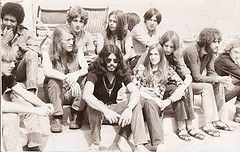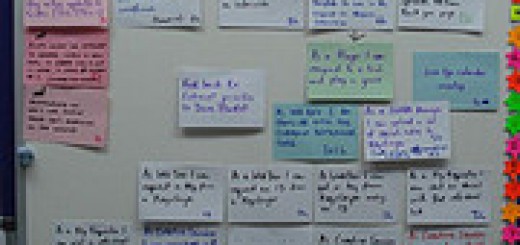If you haven’t heard about #LinkedOut, it’s when LinkedIn recently cut off API access to all but two giants of the CRM industry. In case that was a jargon loaded sentence for you, I’ll briefly define some words. An API is a connection to software that allows another piece of software or a site to work with it. Think Legos. What’s a CRM? Well, that’s more than a sentence. 
A CRM is a Customer Relationship Manager. You use it to get a better view of people than just going through your address book, notes, call log and whatever else separately. More specifically, there are different types of CRMs. A few of the big categories are ones to manage organizations, their volunteers, members and events, such as CiviCRM, there are sales focused CRMs, like SalesForce, and social CRMs, like Nimble. There are dozens of CRMs that typically fall into one of these categories.
There’s no doubt that using a CRM is a great idea for nearly all businesses and organizations. It provides a single view of relationships and interactions. It helps you set reminders, and keep notes on contacts. CRMs basically keep you from having to keep thousands of interactions organized in your head. The problem is getting all of that information into a CRM. Brian Fanzo, uber social networker sums it up well.
CRM often added extra steps to sales workflow.. with #SocialSelling u must find a tool that is part of ur workflow! #linkedinchat
— Brian Fanzo (@iSocialFanz) June 18, 2014
This is one reason why social CRMs are so hot. People willingly supply tons of information on themselves, and the CRM eats it up, without the need for you to transcribe that information into the CRM. Jon Ferrara, CEO of Nimble, one of the leading Social CRMs said it perfectly.
Nobody lives in their #CRM. We all live in our inbox and social & it’s hard managing the contacts and conversations. #LinkedInChat
— Jon Ferrara (@Jon_Ferrara) June 18, 2014
And while most marketers will focus a lot of energy on Twitter, where interactions are intense and there’s tons of engagement, LinkedIn is really where engagements turn into leads. Following the chatter on Twitter is tempting, but you must keep your eyes on your customers and leads, as Willis Williams, a marketing director in retail auto dealing said,
You ignore your fan base and disregard engagement, you will lose business. #SonomaChat
— Willis Williams (@Social_Chef) June 26, 2014
Engagement really comes from LinkedIn.
LinkedIn will send four times more people to your homepage than FB & TW http://t.co/MA6esAfNpm #SocialSelling pic.twitter.com/qLK9T2OTID
— Brian Fanzo (@iSocialFanz) June 23, 2014
See this infographic for more information on the strength of leads from LinkedIn.
So why did LinkedIn cut off CRM vendors? Of course many speculated they were going to replace them. Steve Cassady, a leading social media consultant said this, as well.
A1) The speculation of LInkedin rolling out there own CRM increase. I’ve also seen changes in contacts in the past days #linkedinchat
— Steve Cassady (@SteveCassady) June 25, 2014
I’ve certainly noticed changes over time to LinkedIn that suggest this change, as well. Today, any doubts I may have had were put to rest when I tried clicking on a LinkedIn link from an email on my iPhone and I was show the LinkedIn app Contacts. With it you can see the calls and emails you’ve had with a contact, when you had interaction last, see their info when they’re included in upcoming events you’re going to, you can set reminders and include notes. Keep your eyes out for other signs, like this one Steve Cassady pointed out:
A1) For example, the contact feature in Linkedin asked me a followup timeframe for recent email exchanges. #linkedinchat
— Steve Cassady (@SteveCassady) June 25, 2014
While it would be great to see feeds from Twitter and other social networks feeding in, as well as more sophisticated search capabilities (by company, location and skills) it’s already a pretty capable light CRM. And if it’s too light, you can always use it along with SalesForce, feeding data into the bigger CRM system. I’ll certainly be using LinkedIn’s Contact and keeping an eye out for continued refinements to the LinkedIn ecosystem.




